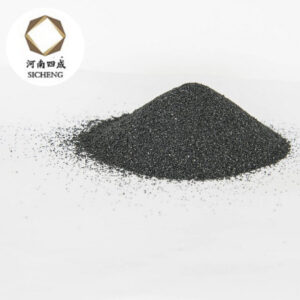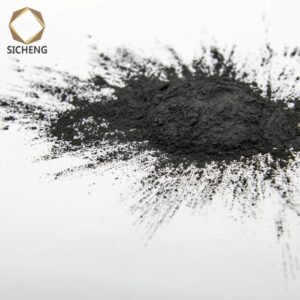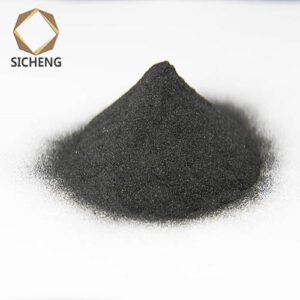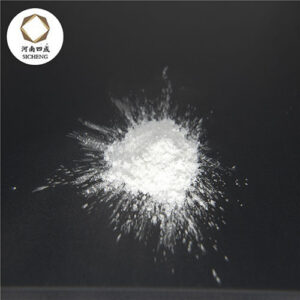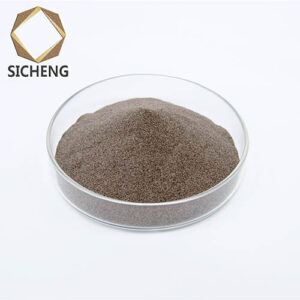White corundum and brown corundum have become one of the most commonly used abrasives, playing a very important role in our lives and industries, but there are still many people who do not understand that white corundum and brown corundum are good, how to choose? The following is analyzed by the small editor for everyone:
Which is better white corundum or brown corundum? The difference between white corundum and brown corundum is basically divided into these categories:
1. The price is different
The price of white corundum and brown corundum is a topic that customers are most concerned about, the price of white corundum is generally about 5000 yuan and the price of brown corundum is about 2500, the difference is double;
2. The production process is different
White corundum is mainly made of alumina powder as the main raw material, cooled at a high temperature of more than 2000 degrees, crushed, magnetically separated from iron, and screened into a variety of particle sizes. Brown corundum is made of bauxite and anthracite as the main raw materials by high temperature melting in an arc of more than 2000 degrees, and is made by self-mill powder, magnetic separation and iron removal, and screening into a variety of particle sizes;3. Different physical characteristics
General abrasive policy we first refer to the bulk density, hardness, melting point, linear expansion coefficient, etc., the linear expansion coefficient of these two abrasives 7-9 (0-1600 °C), melting point 2250 °C The two policies are the same, but the bulk density of brown corundum is 1.55-1.95g/cm3, and the bulk density of white corundum is 1.53-1.99g/cm3, on the other hand, the hardness of brown corundum is 9.0, and the hardness of white corundum is 10.0, the above is their difference in policy.
4. The chemical composition is different
Brown corundum has AL203%≥95, Fe2O3%≤0.3, SiO2%≤1.5, TiO2%≤3.0, magnetic %≤0.05.
The primary chemical components of white corundum are Al2O3%≥99, Na2O≤0.4%, SiO2≤0.1%, magnetic substance %≤0.05.
Nowadays, many factories have strict requirements for the chemical composition of abrasives, and the analysis of chemical composition can be used to facilitate the purchase by buyers


